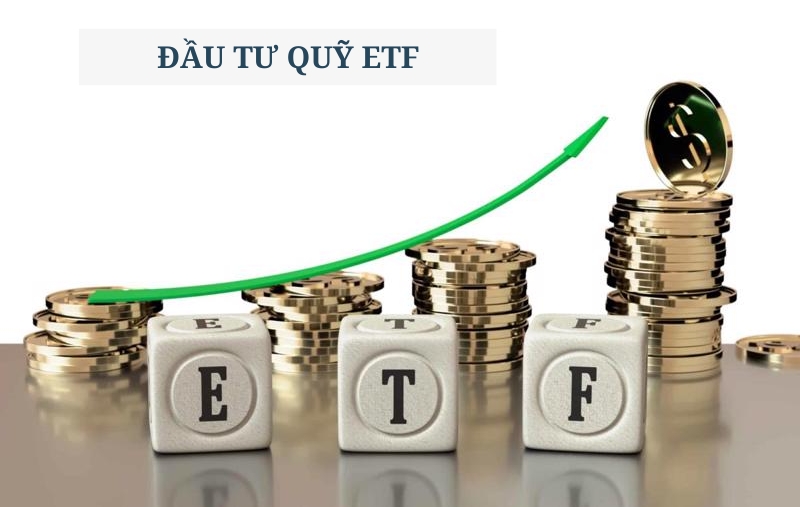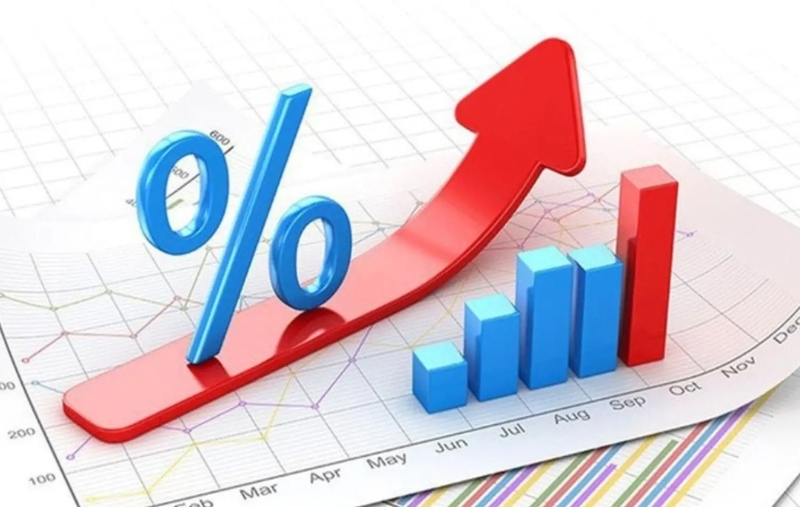Is Your Bank QR Code Exposure a Risk? Understanding the Implications and Safeguarding Your Account
Corporate
27/05/2025
Many individuals often wonder about the implications of exposing their banking QR codes, especially when processing payments. This is a highly relevant question in the era of digital transactions, where QR codes have become a common tool for quick money transfers. While bank QR codes are generally designed for secure payment reception, accidental exposure could potentially lead to information security risks if malicious actors exploit vulnerabilities. Below, VPBank will provide detailed information to give you a comprehensive understanding.
1. What is a Banking QR Code?
A banking QR code is a type of two-dimensional barcode (QR code) used by banks to encrypt payment information or link accounts. When you scan this QR code with a banking app or e-wallet on your phone, it automatically populates information such as the account number, bank name, amount (if specified), and transaction details. This streamlines money transfers and payments, eliminating the need for manual data entry.
Understanding Banking QR Codes
In Vietnam, banking QR codes are typically generated according to the VietQR standard, mandated by the State Bank of Vietnam to ensure standardization and security. Users can find these QR codes within banking applications, at payment counters, or on e-invoices.
>>> See also: How to Easily Create a QR Code on VPBank NEO App
2. Is Exposing Your Banking QR Code Risky?
Many are unsure about the implications of exposing their banking QR code. However, you can generally rest assured. Creating and publicly displaying your banking QR code is often safe and does not pose a direct risk to your account. The reason lies in the inherent nature of banking QR codes: they are designed solely to facilitate receiving payments from other accounts, nothing more.
When a banking QR code is scanned, the information displayed is limited to basic details such as the beneficiary's account number, the account holder's name, and the bank name. Some advanced QR codes may also include the transaction amount and transfer description. However, sensitive information such as account balances, login credentials, passwords, or PINs are absolutely secure and cannot be accessed via a QR code.
Detailed Explanation: Is Exposing Your Banking QR Code Risky?
For example, a banking QR code generated from the VPBank app only integrates three key data fields: Account Holder Name, Bank Name, and Beneficiary Account Number – ensuring simplicity and security.
Therefore, publicly displaying your QR code does not compromise account security. Merchants and businesses can fully leverage this by printing QR codes at points of sale or sharing them online, facilitating quick and convenient transfers for customers.
Nevertheless, it's crucial to note that publicly displaying QR codes in stores could indirectly create vulnerabilities for fraudulent activities if not managed rigorously. To mitigate risks and optimize security, users should refer to detailed guidelines on how to use banking QR codes more effectively and securely.
>>> Learn more: 7 Essential Ways to Secure Your Bank Account
3. Important Considerations for Safe QR Code Usage
Even though you now understand the implications of banking QR code exposure, and if you choose to publicly display your banking QR code, especially in a retail setting, please note the following three crucial points to ensure safe and effective usage:
- Regularly verify your QR code information
Recently, a new form of fraud has emerged: "physical QR code replacement." Malicious actors affix fake QR codes over legitimate ones, typically displayed at the store's checkout counter. Consequently, instead of funds being transferred to the store owner's account, they are sent to a fraudulent account.
Verify all information on the QR code correctly
For instance, Ms. N.T.H.T, a fashion store owner, encountered this issue when she did not receive payment, despite customers having completed transactions. Upon checking, she discovered that the QR code was linked to an unfamiliar account. To prevent this, store owners should regularly scan their QR codes to verify the information. Furthermore, it is advisable to place QR codes only at the checkout counter for easier monitoring and management.
>>> See more: Fast, Convenient, and Secure QR Code Payments
Advise customers to re-verify transfer details
Banking QR codes contain information such as the account holder's name, account number, and bank name, allowing customers to verify details before completing a transaction. However, some customers may overlook this step. Therefore, staff should proactively ask customers to re-check the information to ensure the transfer is made to the correct recipient's account. This helps minimize the risk of erroneous transfers.
Confirm account balance changes after each transaction
Besides QR code swapping, malicious actors may also forge successful transfer receipts using software or old receipts. To avoid confusion, recipients should proactively check their account balance movements after each transaction. In case of delayed transactions, it is advisable to take a screenshot of the transaction and save the sender's information for easy contact if assistance is needed.
Review balance and information when scanning the code
You might be interested in:
- Latest Bank Lending Interest Rates [April 2025]
- 6 Free and Safest Ways to Look Up Your VPBank Account Number
- What is a Digital Bank? Why Should Everyone Use One?
You now have the answer to whether exposing your banking QR code is a concern. Overall, understanding the risks and preventive measures will help you effectively protect your account and avoid unnecessary inconveniences. With support from VPBank, customers can be completely assured, thanks to our modern security systems and dedicated customer service. Don't hesitate, visit www.vpbank.com.vn or call hotline 1900.54.54.15 for further consultation and to safeguard your financial security today!




